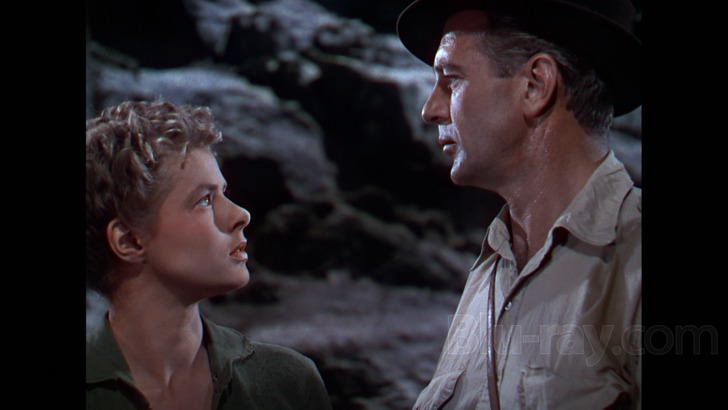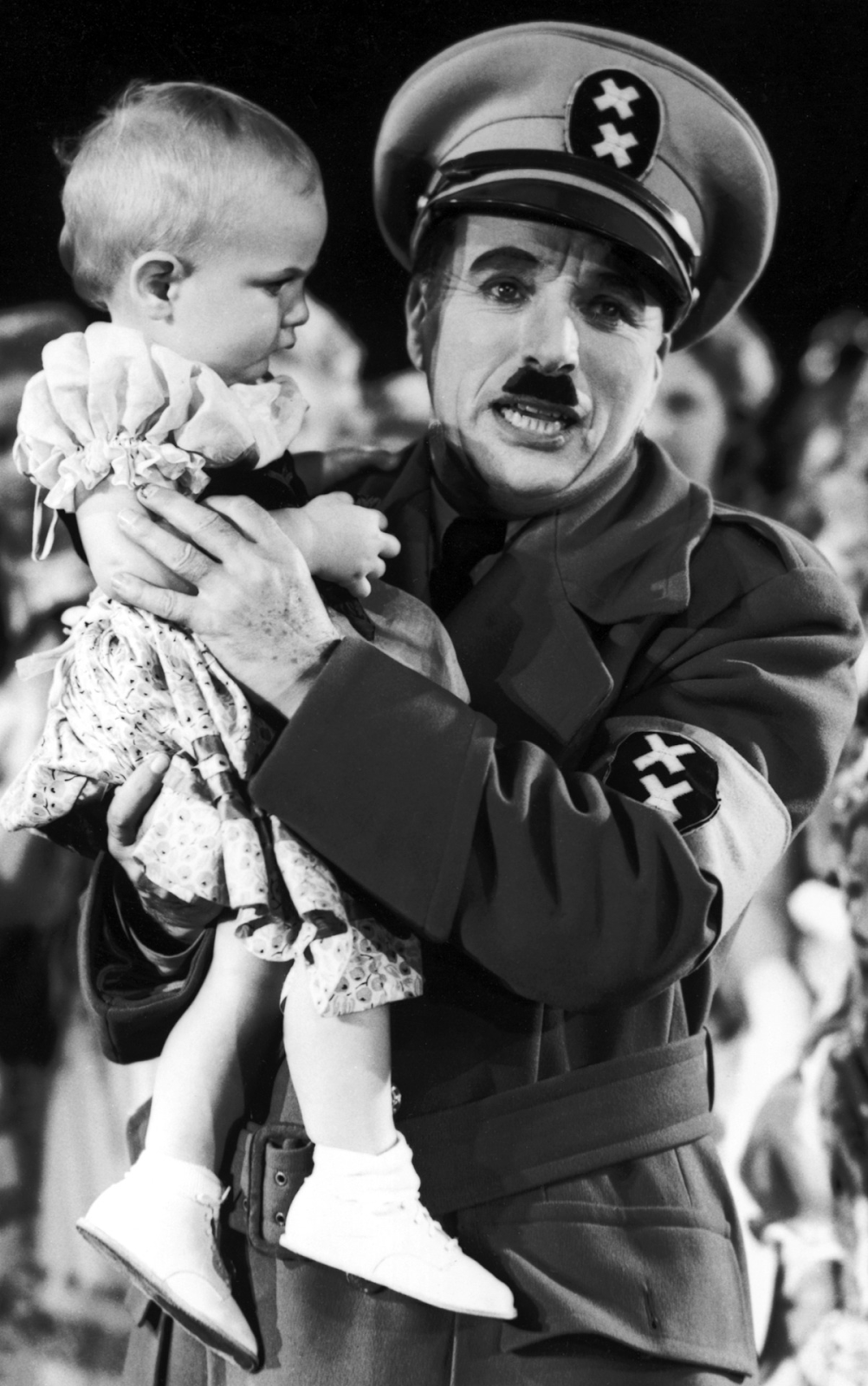This Thinking Activity on The Waste Land task was assigned by Dr.Dilip Barad sir Department of English MKBU. In this task, we have to Read 'Points to Ponder' in the blog post and reflect upon it.
The Waste Land
Introduction of the Author:
The poem is divided into five sections, each of which deals with a different theme or set of themes. The first section, "The Burial of the Dead," describes a world in which human relationships have been broken down and people are disconnected from each other and their own deepest desires and values. The second section, "A Game of Chess," describes a failed sexual encounter between a man and a woman. The third section, "The Fire Sermon," deals with themes of lust and desire, and the fourth section, "Death by Water," describes the sinking of a ship. The final section, "What the Thunder Said," describes a world that has been destroyed by war and is waiting for redemption.
Throughout the poem, Eliot uses a variety of literary and cultural references, including myths, legends, and religious texts, to explore the theme of spiritual and emotional isolation in the modern world. The poem is written in a complex, highly allusive style and is difficult to interpret. Still, it has had a significant influence on literature and culture and continues to be widely studied and debated by scholars and readers.
The central theme of the poem:
One of the central themes of "The Waste Land" is the disintegration of society and the human condition in the modern world. The poem describes a world in which people are disconnected from each other and from their own deepest desires and values, and in which traditional sources of meaning and purpose have been lost or undermined.
Throughout the poem, Eliot uses a variety of literary and cultural references to explore this theme, including myths, legends, and religious texts. He also employs a range of literary techniques, including fragmentation and collage, to create a sense of disjunction and disconnection.
Other central themes in "The Waste Land" include the search for meaning and redemption in a meaningless world, the role of memory and history in shaping the present, and the destructive power of desire. The poem also explores themes of gender and sexuality, as well as the relationship between the individual and society. Overall, "The Waste Land" is a complex and multifaceted work that invites multiple interpretations and continues to be widely studied and debated by scholars and readers.
Response to point no.3
"The Waste Land" by T.S. Eliot contains several allusions to Indian thoughts and cultural references.
Response to point no.4
"The Waste Land" by T.S. Eliot has been described as a pandemic poem because of the way it speaks to the experience of living through a time of widespread suffering, loss, and isolation. The poem, which was published in 1922, is set in a world that has been destroyed by war and is characterized by a sense of despair and disillusionment.
One reason "The Waste Land" can be seen as a pandemic poem is its portrayal of a world in which people are disconnected from each other and from their own deepest desires and values. This sense of isolation is a central theme of the poem and is reflected in its complex structure and use of a wide range of literary and cultural references.
Another reason "The Waste Land" can be seen as a pandemic poem is its portrayal of a world in which traditional sources of meaning and purpose have been lost or undermined. The poem describes a world that is waiting for redemption, and it suggests the possibility of renewal and rebirth in the face of suffering and destruction.
"The Waste Land" speaks to the experience of living through a time of crisis and offers a vision of hope and redemption in the face of despair. Its enduring themes and complex structure continue to make it a relevant and powerful work for readers today.
Thank you for Visiting...






































